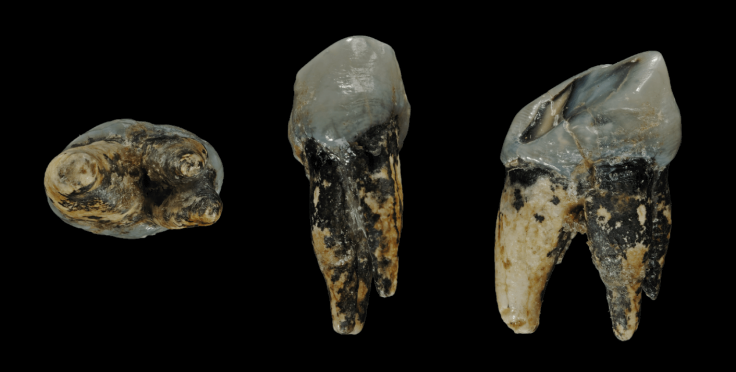
There is no doubt that 2017 has been a year of excellence. Several findings and discoveries took place throughout the year, which has the potential to become life altering if they prove to be true. Here are three of the most important discoveries of the year:

Wonder Woman: Whenever we hear the word Vikings, we immediately think about barbaric strong men with weapons. Mostly, it's a subject with emphasis on testosterone. Recently a DNA test on over 1,000-year-old Viking warrior skeleton, which was discovered in Sweden, has revealed that the warrior was a woman. Until then, the researchers had thought that skeleton, which probably belonged to a high ranking Viking military officer, to be a man. This discovery is significant because if the skeleton indeed is of a woman warrior's, it would be the first female Viking ever known.
The idea of female warriors has always been dismissed by the experts saying that they are nothing but a folklores, stated the report, published in the American Journal of Physical Anthropology. It has literally raised questions about the contribution of women during an entire era. However, several archaeologists have expressed their doubts about this theory.

Nearly missed: This year NASA's Kepler space telescope spotted the first-ever evidence of a potential exomoon, which is a moon that orbits a planet orbiting a distant star in another solar system. Exomoons are exceptionally rare to come by and according to experts, these are the best possible places where extraterrestrial life forms can exist. Researchers, Alex Teachey and David Kipping, from the Columbia University, examined the drops in brightness coming from the exoplanets passing by their stars to detect potential exomoons. Out of the 284 planets that they studied, "this object popped out," stated Kipping in the study, published on arXiv.org. The object that Kipping referred to here was an exomoon and if its existence happens to be true then it will be established that the exomoon, officially dubbed Kepler 1625b I, is orbiting a planet slightly bigger than Jupiter, which is orbiting a star 4,000 light years away from us. Since the possible exomoon's size resembles that of Neptune, the scientists named it Neptmoon. "We threw all of our tests at it, and it passed them. But we were still pretty suspicious. We knew the best way to confirm it was to get more data. Hubble is the best telescope for the job," said Kipping.
Also Read: Life inside rocks? New fossil discovery pushes life on Earth to 3.5 billion years

History of evolution: A new research revealed this year that the early members of the human evolutionary family might have actually originated from Europe and not Africa. A team of scientists, led by Jochen Fuss, who is a geoscientist at the University of Tübingen in Germany conducted the study, which was published in PLOS ONE. It showed that a chimpanzee-sized primate, called Graecopithecus, which lived in the southeastern region of Europe in the ancient times, had certain tooth attributes that are similar to a hominid and not an ape, as several experts had presumed earlier. As per the investigation, if it's true then the Graecopithecus would become the earliest hominid known to us, as these primates existed on Earth around 7 million years ago.









